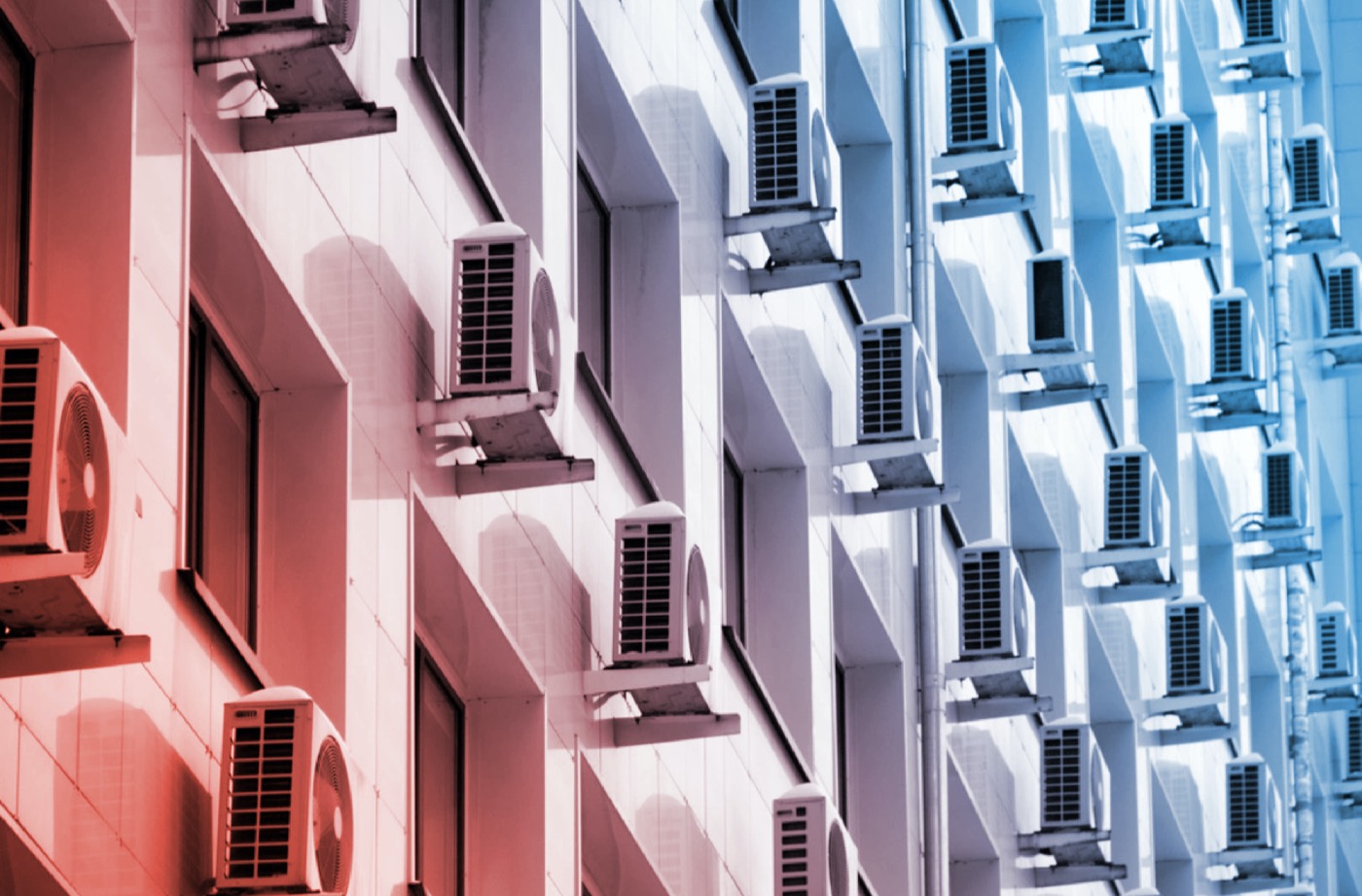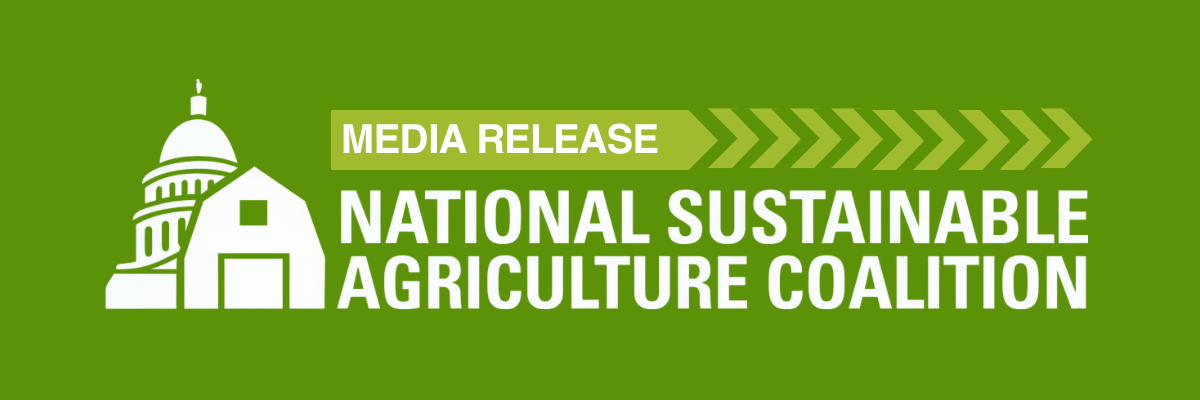AC Units Are Stifling More Sustainable Ways of Cooling Homes – Time Magazine

Report on Passive Housing as a Strategy for Achieving Sustainable Development Goals
The Challenge of Conventional Cooling and its Impact on Sustainable Development
Current reliance on artificial air conditioning presents a significant obstacle to achieving global sustainability targets. This energy-intensive technology is responsible for 10% of global greenhouse gas emissions, a figure projected to double within 25 years. This trend directly undermines several Sustainable Development Goals (SDGs):
- SDG 13 (Climate Action): The substantial emissions from cooling systems accelerate climate change, contributing to the very heat events they are designed to mitigate.
- SDG 7 (Affordable and Clean Energy): The high energy demand for conventional cooling strains power grids and works against the goal of ensuring access to affordable, reliable, and sustainable energy for all.
- SDG 11 (Sustainable Cities and Communities): Over-reliance on energy-intensive cooling makes housing less sustainable and resilient, particularly during extreme weather events where power failures can render homes dangerously uninhabitable.
Passive Housing: An Innovative Solution for Sustainable Infrastructure
Passive housing, a design standard focused on ultra-low energy consumption, offers a viable and sustainable alternative. By leveraging established design philosophies, passive houses can reduce the energy required for heating and cooling by up to 75% compared to typical construction, with some designs eliminating the need for air conditioning entirely.
Core Principles and Benefits
The effectiveness of passive housing is rooted in several key design principles that align with the SDGs:
- Strategic Solar Orientation: Maximizing sun exposure in winter for natural warmth and using external shading in summer to block heat gain.
- Superior Insulation: Incorporating insulation levels well above standard building codes to slow heat transfer and maintain stable indoor temperatures.
- Airtight Construction: Creating a sealed building envelope to prevent the loss of conditioned air and the infiltration of outside air.
- Natural Ventilation: Designing for effective cross-ventilation, such as “night dumping,” to cool the building naturally using evening breezes.
These principles contribute directly to SDG 3 (Good Health and Well-being) by ensuring safe indoor temperatures during extreme heatwaves, as demonstrated when a passive house in Portland remained below 84°F during a 116°F heat dome. This approach also represents a key innovation in building resilient and sustainable infrastructure, a core target of SDG 9 (Industry, Innovation, and Infrastructure).
Barriers to Widespread Adoption: The Split Incentive Problem
Despite its benefits, passive housing constitutes less than 1% of new construction in the United States. The primary barrier is an economic issue known as the “split incentive problem.”
The Split Incentive Dilemma
- Misaligned Interests: Property developers, who make initial construction decisions, are not financially motivated to invest in higher-cost energy efficiency measures because they do not pay the long-term utility bills.
- Cost Shifting: This practice shifts the financial burden of high energy consumption onto future homeowners or tenants, undermining the goal of affordable living central to SDG 11.
- Hindering Sustainability: Developers often prioritize minimizing upfront costs over long-term sustainability. For example, one developer replaced proposed external window shutters—a passive cooling feature—with ports for tenant-installed AC units, passing cooling costs directly to residents and increasing future energy demand. This practice is contrary to the principles of SDG 12 (Responsible Consumption and Production).
Policy and Financial Mechanisms to Advance Sustainable Housing
Overcoming the split incentive problem requires a concerted effort involving policy reform and financial restructuring to align developer interests with public sustainability goals.
Recommended Actions
- Strengthen Building Codes: Governments must mandate higher energy-efficiency standards for all new construction, making passive design principles a baseline requirement rather than an optional upgrade.
- Provide Financial Incentives: To offset the 3-5% higher initial cost of passive construction, states and federal bodies should offer tax credits, grants, and direct cash incentives to developers who meet or exceed passive house standards.
These actions would create a market environment where building sustainably is economically advantageous, accelerating progress toward SDG 7, SDG 11, and SDG 13.
Progress and Future Outlook for Passive Housing
Current Initiatives in the United States
Several states are leading the way in promoting passive construction, demonstrating that policy can drive significant change.
- States including New York, Massachusetts, Pennsylvania, and Colorado have implemented robust policies and incentives to boost passive house construction.
- These programs have spurred development, with approximately 16,000 passive house apartments currently in progress nationwide.
International Benchmarks and National Goals
The European Union provides a powerful model, mandating that all new buildings be nearly zero-emission by 2030, a policy that has made passive construction a necessity. In the U.S., political initiatives like the Green New Deal envision affordable and sustainable housing for all Americans, a goal for which passive housing is a proven and available technology. As exemplified by new passive house apartments for the elderly and formerly homeless in Queens, New York, this building standard can deliver dignified, safe, and environmentally responsible housing for all segments of the population, embodying the core mission of SDG 11 to create inclusive and sustainable communities.
1. Which SDGs are addressed or connected to the issues highlighted in the article?
The article discusses issues related to energy consumption, sustainable building practices, climate change, and housing, which directly connect to several Sustainable Development Goals (SDGs). The primary SDGs addressed are:
-
SDG 7: Affordable and Clean Energy
The article’s core focus is on reducing the high energy consumption associated with artificial cooling. It highlights that air conditioning accounts for “10% of global heat-trapping greenhouse gas emissions” and promotes passive housing as a solution that consumes “only a quarter of the energy” of typical homes. This directly relates to improving energy efficiency.
-
SDG 11: Sustainable Cities and Communities
The discussion revolves around housing, construction, and urban resilience. The article advocates for a new type of “low-energy architecture” and calls for changes in building practices to create more sustainable living environments. It also touches upon providing “sustainable and affordable housing for every American,” including vulnerable populations like the elderly and formerly homeless, which is a key aspect of this goal.
-
SDG 13: Climate Action
The article explicitly links the reliance on air conditioning to climate change, stating that “the pollution we generate for cooling inside is burning the planet outside.” It presents passive housing as a strategy for both climate change mitigation (by reducing emissions) and adaptation (by creating homes resilient to extreme heat events like the “lethal 2021 heat dome”).
2. What specific targets under those SDGs can be identified based on the article’s content?
Based on the issues and solutions presented, several specific SDG targets can be identified:
-
Target 7.3: By 2030, double the global rate of improvement in energy efficiency.
The article directly supports this target by promoting passive housing as a highly energy-efficient alternative to conventional construction. It quantifies this improvement by stating that passive houses “consume only a quarter of the energy that is needed to warm a typical American house in the winter and cool it in the summer,” representing a 75% improvement in energy efficiency for heating and cooling.
-
Target 11.1: By 2030, ensure access for all to adequate, safe and affordable housing and basic services.
This target is addressed through the promotion of passive housing as a model for safe and sustainable living. The article highlights a project in Queens providing “eight stories of passive house apartments for the elderly, many of whom were formerly homeless,” demonstrating how this building standard can be applied to create dignified and safe housing for vulnerable groups.
-
Target 11.b: By 2030, substantially increase the number of cities and human settlements adopting and implementing integrated policies and plans towards inclusion, resource efficiency, mitigation and adaptation to climate change, resilience to disasters.
The article calls for policy-level changes to promote passive housing. It mentions the need for “stronger building codes that mandate higher energy-efficiency standards” and financial incentives. It also notes that states like New York and Massachusetts have “beefed up their building codes” and offered incentives, which are examples of implementing integrated policies for resource efficiency and climate resilience.
-
Target 13.1: Strengthen resilience and adaptive capacity to climate-related hazards and natural disasters in all countries.
The article provides a clear example of strengthening resilience to climate hazards. It describes how a passive house maintained a “safe” indoor temperature of 84°F during a “lethal 2021 heat dome” where outside temperatures reached 116°F. This demonstrates the adaptive capacity of passive design to protect inhabitants from extreme heat waves.
-
Target 13.2: Integrate climate change measures into national policies, strategies and planning.
The push for government support, updated building codes, and financial incentives for passive housing are all examples of integrating climate change measures into national and sub-national planning. The article references the European Union’s mandate “to reach zero emissions in new buildings by 2030” as a powerful example of such policy integration, which has made passive construction “all but essential.”
3. Are there any indicators mentioned or implied in the article that can be used to measure progress towards the identified targets?
The article provides several quantitative and qualitative indicators that can be used to measure progress:
-
Indicator for Target 7.3 (Energy Efficiency):
The article provides a direct indicator of energy efficiency improvement: the percentage reduction in energy consumption for heating and cooling in passive houses compared to conventional homes (a 75% reduction is cited). Another indicator is the share of global greenhouse gas emissions from the cooling sector, which is currently at 10% and projected to grow.
-
Indicator for Target 11.1 (Adequate Housing):
Progress can be measured by the number of passive house units constructed or in development. The article mentions there are “about sixteen thousand passive house apartments in the works nationwide.” A more specific indicator is the number of sustainable housing units developed for vulnerable populations, such as the apartments for the elderly and formerly homeless mentioned in the text.
-
Indicator for Target 11.b (Integrated Policies):
An indicator for this target is the number of jurisdictions (states or cities) that have adopted stronger building codes and financial incentives (like tax breaks and cash incentives) to promote passive housing. The article names New York, Massachusetts, Pennsylvania, and Colorado as examples.
-
Indicator for Target 13.1 (Resilience):
A key performance indicator is the difference between indoor and outdoor temperatures in passive buildings during extreme heat events. The article gives a specific data point: a 32°F difference (116°F outside vs. 84°F inside) during a heatwave, which serves as a measure of resilience.
4. Table of SDGs, Targets, and Indicators
| SDGs | Targets | Indicators Identified in the Article |
|---|---|---|
| SDG 7: Affordable and Clean Energy | 7.3: Double the global rate of improvement in energy efficiency. |
|
| SDG 11: Sustainable Cities and Communities |
11.1: Ensure access for all to adequate, safe and affordable housing.
11.b: Increase adoption of integrated policies for resource efficiency and climate resilience. |
|
| SDG 13: Climate Action |
13.1: Strengthen resilience and adaptive capacity to climate-related hazards.
13.2: Integrate climate change measures into national policies and planning. |
|
Source: time.com

What is Your Reaction?
 Like
0
Like
0
 Dislike
0
Dislike
0
 Love
0
Love
0
 Funny
0
Funny
0
 Angry
0
Angry
0
 Sad
0
Sad
0
 Wow
0
Wow
0









































































